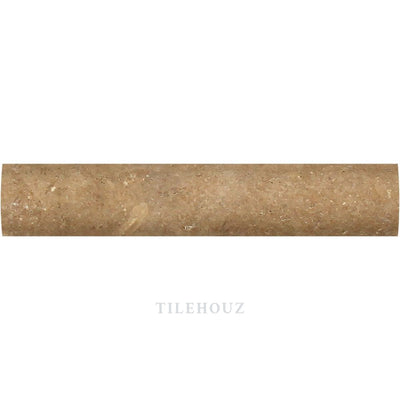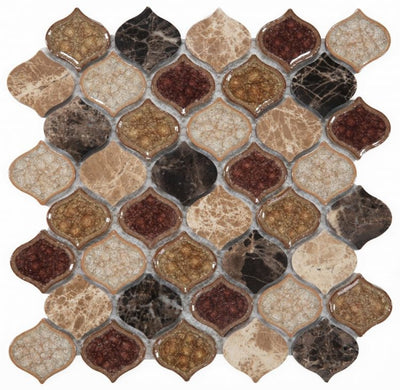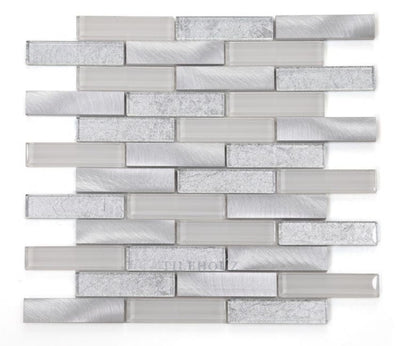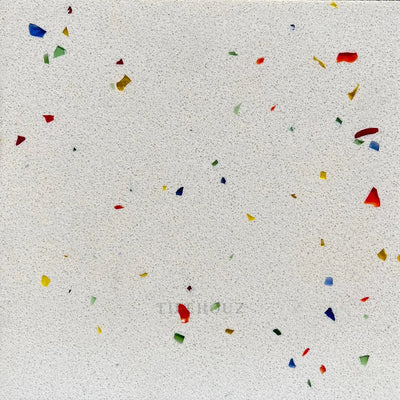What Is Limestone?
Limestone is a sedimentary rock primarily composed of calcium carbonate (CaCO3) in the form of calcite or aragonite. It forms from the accumulation and compaction of organic materials, such as shells, coral, algae, and other marine organisms, as well as from the precipitation of calcium carbonate from water.
Here are some key features and characteristics of limestone:
1. Composition: Limestone is primarily composed of calcium carbonate, but it may also contain small amounts of other minerals, impurities, or fossils. The presence of impurities or different minerals can give limestone various colors and patterns.
2. Formation: Limestone forms in marine environments, such as shallow seas, where the accumulation of shells and other organic materials settles on the ocean floor. Over time, the layers of sediment undergo compaction and lithification, transforming into solid rock.
3. Appearance: Limestone typically has a light color, ranging from white to beige, cream, yellow, gray, or even blue. Its texture can vary from fine-grained to coarse-grained, depending on the specific type of limestone. Some limestone varieties may exhibit visible fossil imprints or organic patterns.
4. Durability: Limestone is relatively soft compared to other natural stones, ranking around 3 to 4 on the Mohs hardness scale. This makes it susceptible to scratching and wear over time. However, some denser and harder limestone varieties can be more durable.
5. Uses: Limestone has been widely used as a building and construction material for thousands of years. It is commonly used as a dimension stone for cladding, flooring, paving, and architectural elements. Limestone is also utilized in the production of lime, cement, crushed stone, and various industrial applications.
6. Karst Landscapes: Limestone is known for its unique ability to dissolve over time when exposed to acidic water. This process leads to the formation of distinctive landscapes known as karst, which feature sinkholes, caves, and underground drainage systems.
Limestone is a versatile and widely available natural stone that offers a range of aesthetic possibilities and practical applications. Its natural beauty, durability, and ease of working with make it a popular choice in both interior and exterior design projects.
Here are some key features and characteristics of limestone:
1. Composition: Limestone is primarily composed of calcium carbonate, but it may also contain small amounts of other minerals, impurities, or fossils. The presence of impurities or different minerals can give limestone various colors and patterns.
2. Formation: Limestone forms in marine environments, such as shallow seas, where the accumulation of shells and other organic materials settles on the ocean floor. Over time, the layers of sediment undergo compaction and lithification, transforming into solid rock.
3. Appearance: Limestone typically has a light color, ranging from white to beige, cream, yellow, gray, or even blue. Its texture can vary from fine-grained to coarse-grained, depending on the specific type of limestone. Some limestone varieties may exhibit visible fossil imprints or organic patterns.
4. Durability: Limestone is relatively soft compared to other natural stones, ranking around 3 to 4 on the Mohs hardness scale. This makes it susceptible to scratching and wear over time. However, some denser and harder limestone varieties can be more durable.
5. Uses: Limestone has been widely used as a building and construction material for thousands of years. It is commonly used as a dimension stone for cladding, flooring, paving, and architectural elements. Limestone is also utilized in the production of lime, cement, crushed stone, and various industrial applications.
6. Karst Landscapes: Limestone is known for its unique ability to dissolve over time when exposed to acidic water. This process leads to the formation of distinctive landscapes known as karst, which feature sinkholes, caves, and underground drainage systems.
Limestone is a versatile and widely available natural stone that offers a range of aesthetic possibilities and practical applications. Its natural beauty, durability, and ease of working with make it a popular choice in both interior and exterior design projects.

























